#island philippines
Explore tagged Tumblr posts
Text

Coron Town, Philippines, 2024.
477 notes
·
View notes
Text

Palawan Island, Philippines
140 notes
·
View notes
Text
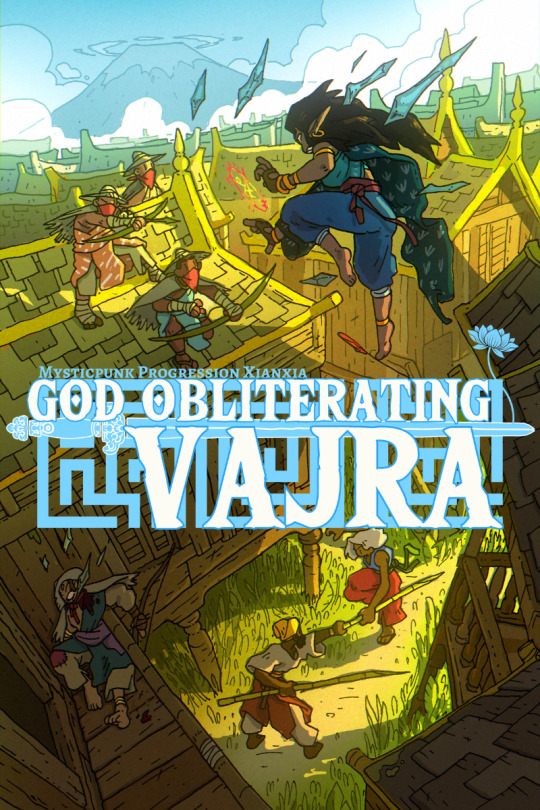
After being murdered, Raxri Uttara awoke in a healing pool at the end of the world.
In the depths of their Second Death, Raxri heard the Holy Madman speak: Walk. Uncover the truth of your death. Reattain your Enlightenment. There is no one to save you but you. Master yourself. Let the world sing through you. You are not alone. You are the world and the world is you.
A WORLD SHORN OF LIGHT. A SWORD DANCER TORN FROM THE HEAVENS.
GOD OBLITERATING VAJRA is a new weird progression xianxia webnovel set in the sword & gun Maritime Buddhist inspired Utter Islands. Follow RAXRI who wakes up at the end of the world without their memory. Join them as the world is revealed to them, make bonds, and cultivate their love once again against a world that has ended after a failed Revolution.
WHAT TO EXPECT
Slow Burn in an Immersive Fantastical Antirealist Universe.Esoteric Buddhist Disco Elysium Xianxia. Sword and Gun Xianxia setting. Multiple POVs with a few Major POVs. Nonbinary Sword Wizards, Goth Devilwitch Gunners, Giant Dragon Blademaster. Ruthless, Brutal Martial Arts. Death is common. The world is dark and the end has come. Fucked up romance. Cultivation Systems inspired by IRL Eastern Esoterica. Ghosts and Demons. Horror. Warfare. Bigotry. Class Struggle. Optional Sexual Content. Strong Language. Revolution.
ABOUT HINGSAJAGRA
Hingsajagra is the Fantastic Realist world of God Obliterating Vajra. Inspired by Esoteric Buddhism and Revolutionary Asia. Giant cats turned into apartment complexes, ghost horse steeds that tire not, walking giant mechanical armors turned into public transportation, charnel wizards summoning the long-dead, witches wielding the Pureflame of Creation, the Machine God beginning its slick advance into forever progress... the Age of Furor is upon us. The Latter Day of the Law. The Termagant Buddha watches closely.
logo by me, art by @gnarlyghost!
#the knight vagrant#the utter islands#hingsajagra#webnovel#web serial#southeast asian#buddhist#filipino#philippines#writing#fantasy#xianxia#wuxia
138 notes
·
View notes
Text

Siargao Island, Philippines: Siargao is a tear-drop shaped island in the Philippine Sea situated 196 kilometers southeast of Tacloban. It has a land area of approximately 437 square kilometres. The east coast is relatively straight with one deep inlet, Port Pilar. Wikipedia
144 notes
·
View notes
Text

Malcapuya Island - Palawan - Philippines (by . Ray in Manila)
#Malcapuya Island#Palawan#Philippines#Asia#Island#Nature#Landscape#Beach#Photography#Ocean#Sea#Seasape#Travel#Traveling#Tourism#Holiday#Urlaub#Reisen#Vacation#Fotografie
526 notes
·
View notes
Text
📍Balabac Island, Philippines
from warrencamitan on tiktok
#travel#wanderlust#beauty#perfect places#beautiful photos#beautiful places#nature#beautiful planet#asia#philippines#filipino#islands#beaches#blue waters#clear waters#filipino beaches#island beaches#asian destination#asian travel#asian destinations#vacation destinations#relaxing destinations#holiday destinations
59 notes
·
View notes
Text
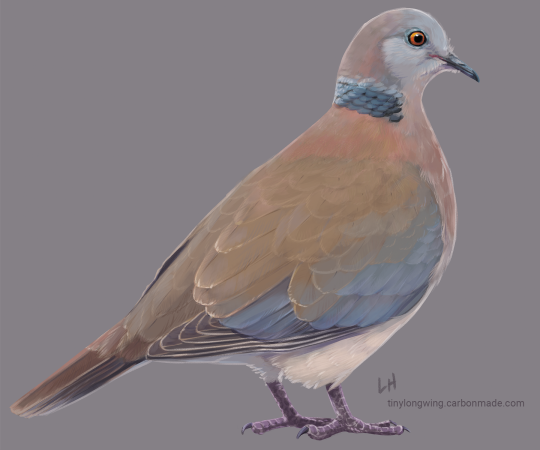
Philippine Collared-Dove (Streptopelia dusumieri). Declining in their home range (Philippines), but quite common in villages of the Northern Mariana Islands where they were introduced sometime in the 1700s. Now considered naturalized, they're charming & sort of goofy with their hoarse cooing from the power lines and coconut palms.
#dove#pigeon#collared-dove#birb#borb#scientific illustration#ornithology#island birds#northern mariana islands#cnmi#philippines#philippine collared-dove#birblr#birdblr#artists on tumblr
281 notes
·
View notes
Text
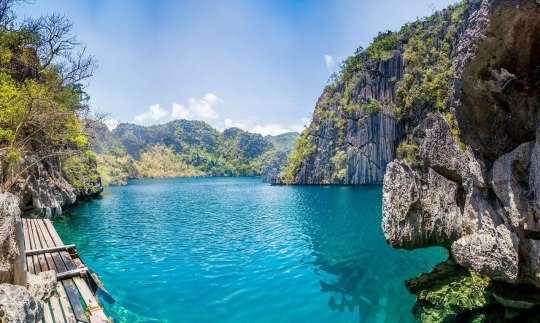
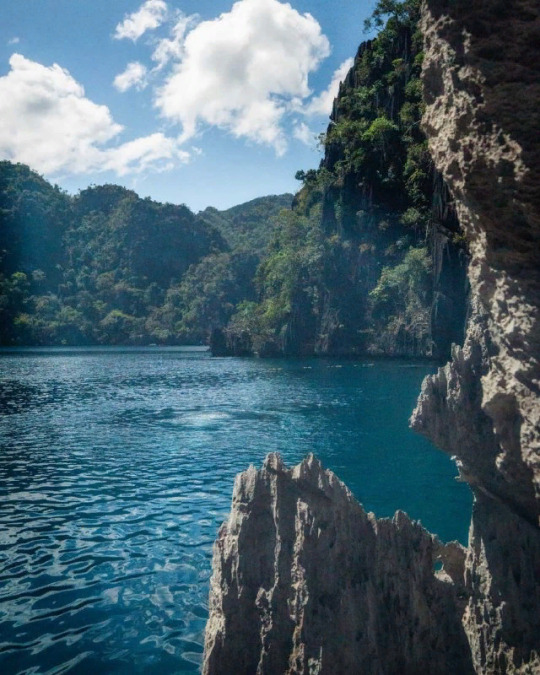
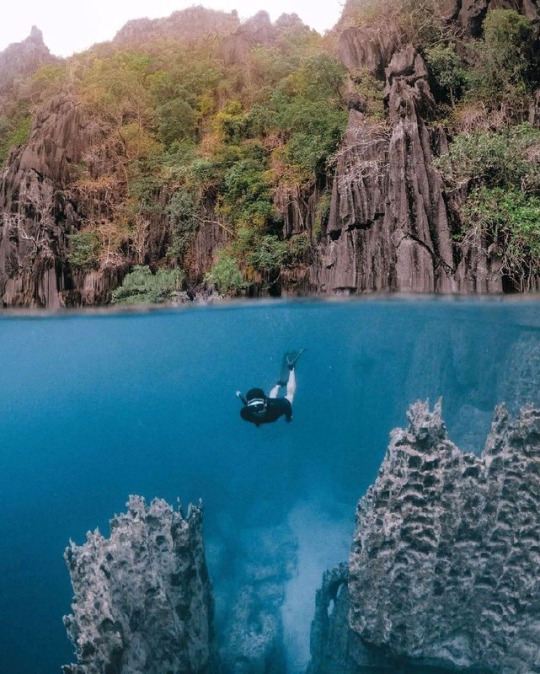
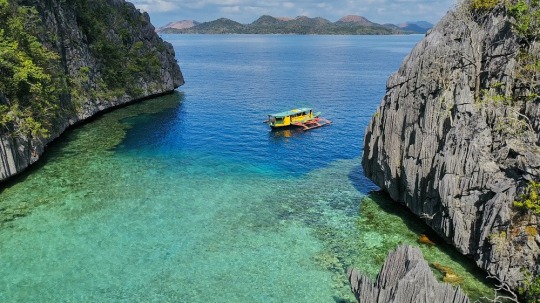

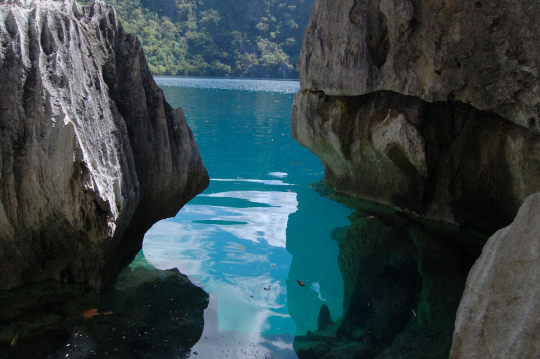
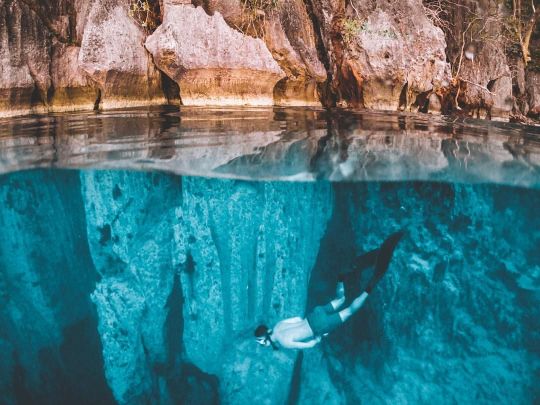
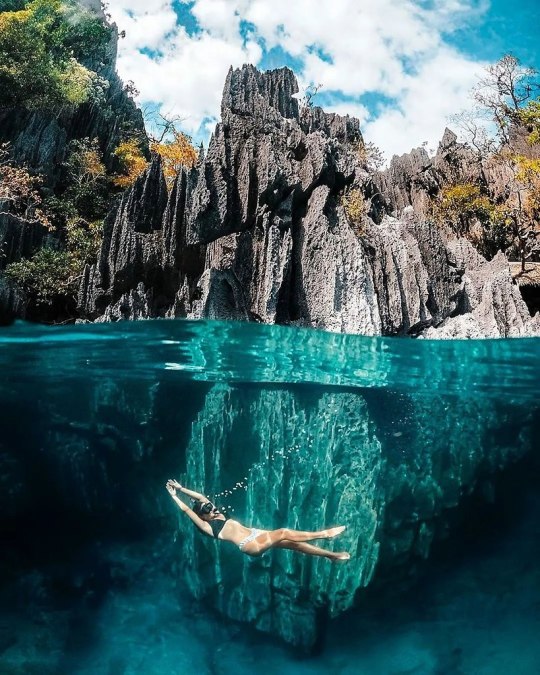
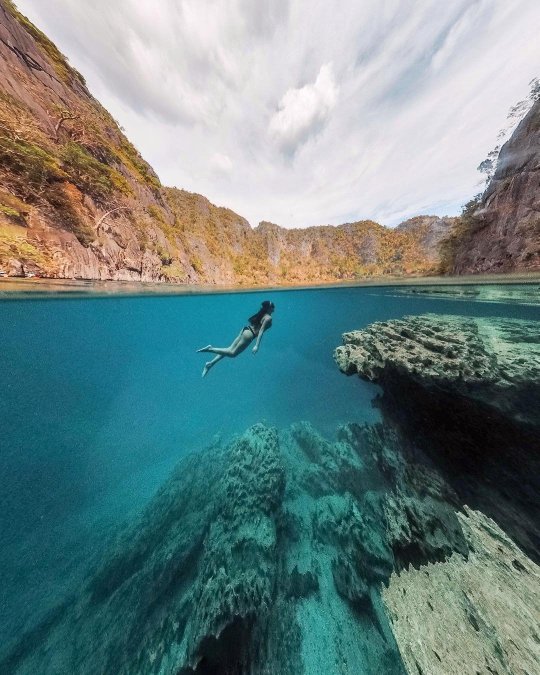
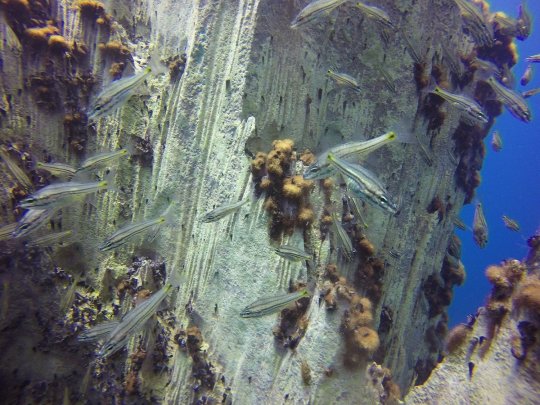
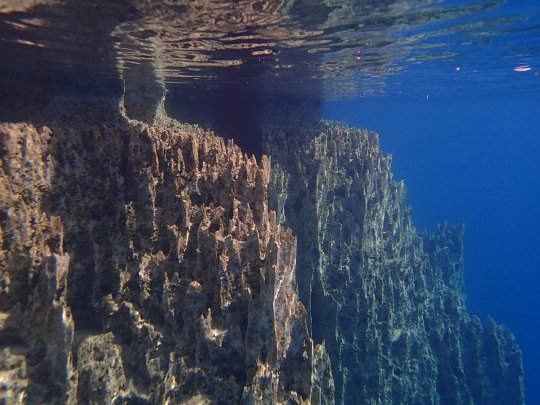
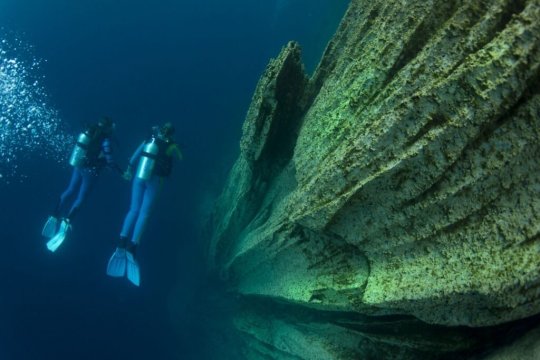
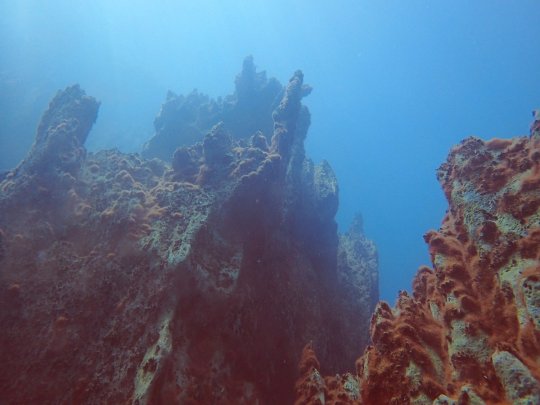
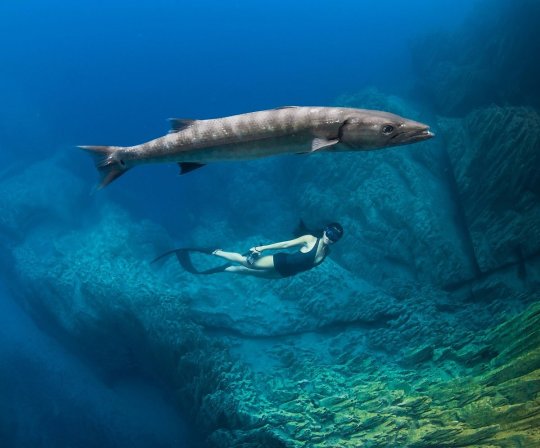
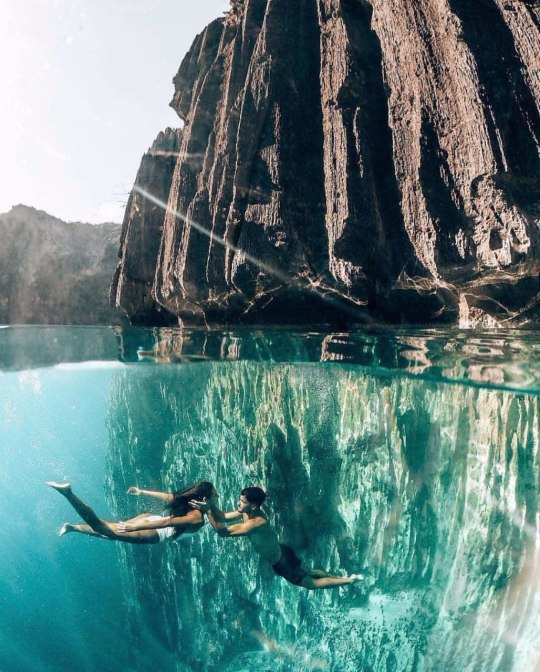
Филиппины , Озеро Барракуда. Philippines, Barracuda Lake.
Озеро Барракуда, расположенное в северной части острова Корон на Филиппинах, предлагает уникальные условия для дайвинга. В кристально-голубых водах озера (его ещё называют Лулуйюань), скрытых между величественными скалами, вы можете встретить реббит-фиш, сомов, пресноводных креветок, моллюсков, рифовых окуней ну и конечно ту самую 1,5-метровую барракуду, которая живет тут одна.
Еще в этом месте дайверам предлагается испытать термоклин и галоклин, уникальные явления, которые сложно найти где-то ещё в мире. На поверхности озера дайверов, пловцов и любителей подводного плавания ждёт температура воды около 28°C. Но когда опускаешься на глубину 13-15 м, температура резко меняется и становится почти 40°C .
Такое необычное повышение температуры с��язано с тем, что озеро содержит как солёную, так и пресную воду. Дайверы могут даже видеть тонкую, отчетливую границу, разделяющую два водоёма. Озеро также характеризуется впечатляющей коллекцией известняковых образований, которые поднимаются со всех сторон и простираются под поверхностью воды. На северной стене озера Барракуда есть пещера на глубине 33 метра. Она соединяет озеро с морем.
Ещё одной уникальной особенностью озера является песок на самом дне, который описывают как желеобразный, шелковистый, воздушный и илистый.
Barracuda Lake, located in the northern part of Coron Island in the Philippines , offers unique diving conditions. In the crystal blue waters of the lake (also called Luluyuan), hidden between the majestic rocks, you can meet rabbit fish, catfish, freshwater shrimp, shellfish, reef snappers and of course that same 1.5-meter barracuda that lives here alone .
This place also invites divers to experience the thermocline and halocline, unique phenomena that are difficult to find anywhere else in the world. On the surface of the lake, divers, swimmers and snorkelers can expect a water temperature of about 28°C. But when you descend to a depth of 13-15 m, the temperature changes sharply and becomes almost 40°C.
This unusual increase in temperature is due to the fact that the lake contains both salt and fresh water. Divers can even see a thin, distinct line separating the two bodies of water. The lake is also characterized by an impressive collection of limestone formations that rise from all sides and extend below the surface of the water. On the northern wall of Lake Barracuda there is a cave at a depth of 33 meters. It connects the lake with the sea.
Another unique feature of the lake is the sand at the very bottom, which is described as jelly-like, silky, airy and silty.
Источник:t.me/+HLoqW4OcT5VjZjM6,/dzen.ru/a/Yoi_mPWnvXsTT2TX, /bangkokbook.ru/galereya/filippiny-ozero-barrakuda-94-foto.html, /account.travel/place/barracuda-lake.html, /account.travel/place/barracuda-lake.html, /dzen.ru/a/XXq1jB7jTwCshHXm,/www.tripadvisor.ru/Attraction_Review-g729733-d2061953-Reviews-Barracuda_Lake-Coron_Busuanga_Island_Palawan_Province_Mimaropa.html.
#Philippines#Coron Island#Barracuda Lake#nature#nature aesthetic#landscape photography#mountains#trees and forest#lake#travel#diving#underwater photo#Филиппины#Корон#Озеро Барракуда#природа#Пейзаж#озеро#горы#лес#небо#дайвинг#подводное фото#туризм#nature video#видео природы
146 notes
·
View notes
Text


1. “Young Aeta with a Heart Warming Smile, Luzon Island, Philippines, 1938-1939”
2. “Aeta, Luzon Island, Philippines”
#Aeta#Philippines#Filipinas#Republica de Filipinas#Pacific Islander#Curly hair#Vintage#Black and White photography#Cute#Smile#Faces
99 notes
·
View notes
Text

El Nido, Palawan Island, Philippines
149 notes
·
View notes
Text

A small island in the ocean, Philippine Islands, 2010 - by Luiza Gelts, Russian
96 notes
·
View notes
Text

now you’re jealous of a mango
#personal#hippie vibes#hippie living#happy hippie#curly hair#brown girl magic#hippie aesthetic#ootd#mirror selfie#good vibes#Philippines#island#island girl#surf#beach#tattoos#piercings#sun#divine timing#divine feminine#dark feminine energy#femme fetale aesthetic
40 notes
·
View notes
Text
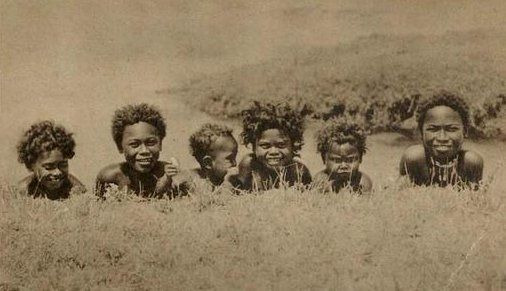
The Aeta were the first people to settle the Philippines about 30,000 years ago. They live primarily on northern Luzon. They possess incredible knowledge of medicinal and other useful plants.
120 notes
·
View notes
Text
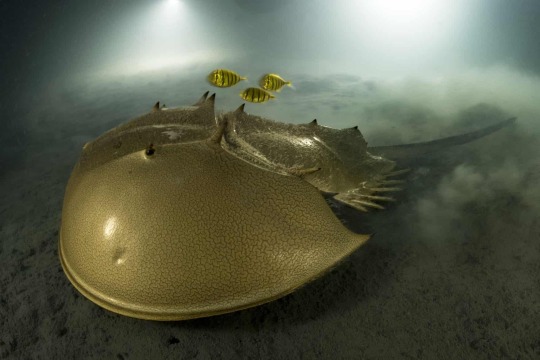
The ancient mariner
A tri-spine horseshoe crab moves slowly over the mud. Its golden protective carapace hides 12 appendages. Above the horseshoe crab, a trio of juvenile golden trevallies are poised to dart down for edible morsels ploughed up by its passage.Portfolio Story: Laurent Ballesta went looking for the crabs in the protected waters of Pangatalan Island in the Philippines. Marine biologist and photographer Laurent Ballesta has dedicated his life to exploring the oceans and revealing their wonder through art. He has led a series of expeditions, all involving scientific mysteries and diving challenges, resulting in unprecedented images. The tri-spine horseshoe crab has survived for more than 100m years but faces habitat destruction and overfishing for food and for its blood, used in the development of vaccines. But, in the protected waters off Pangatalan Island, there is hope for its survival.
by Laurent Ballesta, France.
2023 Wildlife Photographer of the Year
#tri-spine horseshoe crab#crab#golden trevallies#pangatalan island#philippines#laurent ballesta#photographer#france#wildlife photographer of the year#nature#marine life
79 notes
·
View notes
Text
A lot of those who insist that Filipinos are Pacific Islander instead of (or, in addition to) Asian often rely on loose interpretations of the term Pacific Islander and the fact that the Philippines was used as a stepping stone in the Austronesian expansion to the east. What they ignore or may not know is that (1) the superficial similarities between Pacific Islanders and Filipinos are not unique to Pacific Islanders and Filipinos but with Austronesian-speaking peoples in general, including Austronesian-speaking Southeast Asians and (2) we Filipinos simply did not have as regular and as vigorous a contact with the Pacific Islands - if any - compared to the Asian continent. We still don’t.
Think about it: the earliest known trade network in the Philippines included what is now Taiwan and Southeast Asia, i.e., the Philippine jade culture which dates as far back as 2000 BC and lasted for 3,000 years. Nephrite jade from Taiwan was manufactured in the Philippines and distributed elsewhere in the nearby region. After that were the Sa Huỳnh-Kalanay Interaction Sphere from 500 BC through AD 100 and of course the so-called Maritime Silk Road during historical times. What followed was then the very familiar colonial era of Iberian, Dutch, and British presence in Asia.
The earliest Filipino artifact with a given calendar date is the Laguna Copperplate Inscription which was written in the year AD 900 using a Brahmic script in a combination of Sanskrit, Old Malay, Old Tagalog and/or Javanese. Upon the arrival of Magellan six hundred years later in 1521, it was a man titled rajah who greeted him in Cebu. Half a century later, the aged grandson of the sultan of Brunei was ruling Manila. To this day, among the lesser Hispanicized and Americanized ethnic groups across the Philippines, the Ivatan of Batanes speak a family of languages shared with the Tao of Orchid Island, Taiwan and the people of Bangsamoro have more in common with Bruneians, Indonesians, and Malaysians than they do with the Māori, Kanaka Maoli, or Fijians. Indigenous Borneans are closely related to Filipinos.
As for myself, I was raised in Davao where you’ll find Cebuano, Ilonggo, Kagan, Maguindanaon, Maranao, Mansaka, Mandaya, Manobo, Bagobo, Chinese Hoklo, Japanese, and Indian people live; no one local I’ve ever met has identified as Pacific Islander and there was never a question as to whether I was Asian or not because I was surrounded by fellow Asians. It’s certainly hard to deny it when your country of origin is one of the founding members of the Association of Southeast Asian Nations, attempted to make a Malaysian-Filipino-Indonesian confederation happen, and contains the title “Pearl of the Orient” as a lyric in the national anthem.
Does this look like an archipelago that kept close touch with polities and cultures across the Pacific Ocean for thousands of years? Does this look like a society that is more Pacific Islander than Asian?
69 notes
·
View notes

